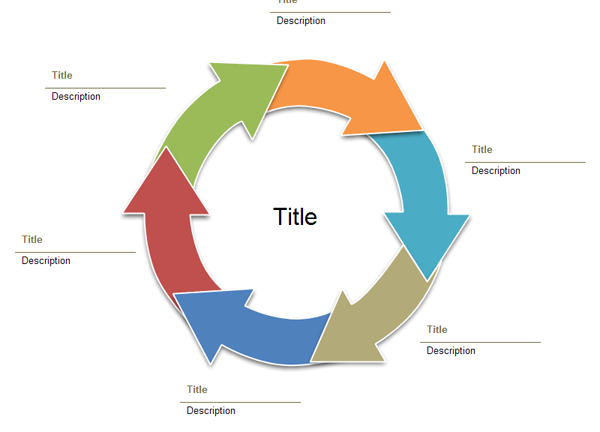ETL is the process of combining data from many sources into a unified system that stores this data from different sources in a different context. This process dates back to 1970 and was frequently used for data extraction. Both homogeneous and heterogeneous data sets are extracted using this procedure.
This is usually followed by data transformation and then by data cleansing. In this way, the data is loaded into the final target which is a data lake. There are various processes involved in the pipeline of data extraction which we take a look at in this article.
A review of methodology
The first part of the process is the extraction of data from a system that may be a single source or a subset of different sources. Unified data sources are exemplified by a relational database. However, there may be the presence of non-relational databases like the indexed sequential one. We may also extract information from external sources with the help of screen scraping. The second stage is usually the data transformation stage. In this stage, various kinds of algorithms are applied to the existing data sets which are set to be included in the target system. The last stage is called the loading stage. The most important procedure that is followed in this stage is the overwriting of existing information by new data sets. Soon after, this data is usually updated periodically.
The lifecycle of ETL
The life cycle of ETL is usually divided into the following stages. The first stage is called the cycle initiation stage. In this stage, a blueprint of different strategies is chalked out. In the second stage, we try to construct a reference data set. In the third stage, data is extracted from unified sources or different sources. After this, the data is validated and reliability is monitored. This is followed by the transformation stage in which various business rules are applied to ensure data integrity. The final stage is the loading stage followed by the monitoring stage in which audit reports like compliance with a set of rules are published.
The set of challenges
The process of ETL is associated with a series of challenges. The first and foremost challenge is that of the amendment of validation rules which may arise when the rule specifications are transformed during data analysis. Another challenge is that of scalability. The scalability of the system should be ensured across the entire lifetime irrespective of the design changes. This will enable the comprehension of volumes of data that need to be processed during contingency situations.
It has been observed that the loading phase of the process is slightly sluggish in nature. So, it has to be ensured that the performance of the system is not affected during the loading process. The reason for this sluggishness may be the maintenance of integrity and different indices. One of the solutions to boost performance is the bulk unloading of data instead of querying the entire database.
The processing factor
The process of parallel processing is very important in the development of the ETL software systems. Parallel processing is usually done by the splitting of the data set into smaller data files and access is provided to various users. Another procedure is that of simultaneous execution of system components across a unified data stream.
The mechanism of dealing with keys
Various types of keys are available which play a pivotal role in different databases. With the help of a unique key, we may identify a given entity and with the help of a foreign key, we identify another table corresponding to the primary key. We may also use a surrogate key which is not of much significance for the business entity but its existence is inspired by the relational database.
Assets in the toolkit
Though several tools are available, the best ones are those that can communicate effectively with different relational databases. They should also be able to recognize different types of file formats which are used by the organization. ETL migration tools are now associated with enterprise application systems that have added the features of data profiling and metadata capabilities. This range of ETL tools are helpful for data architects and data scientists who research innovative systems for maximization of performance of cloud-based data warehouses.
Conclusion
Various kinds of ETL tools have been developed for the IT professionals but the time is ripe to reform such tools in a manner that they can be used by the citizen integrators (Gartner).





